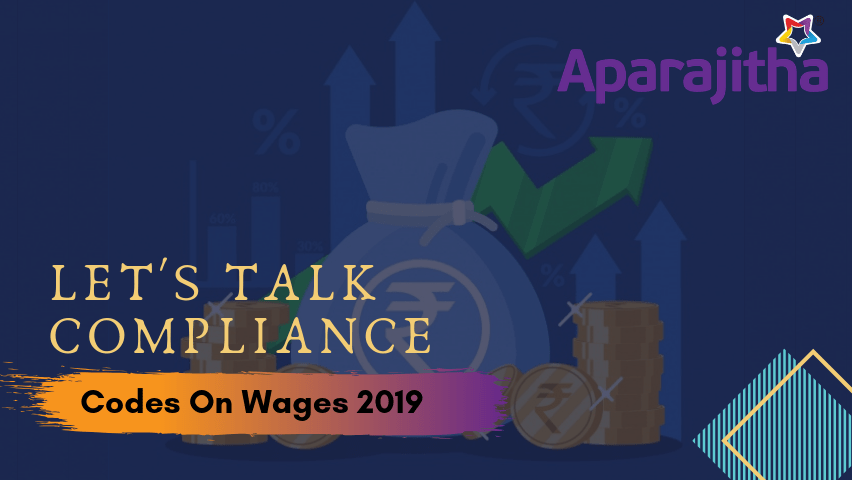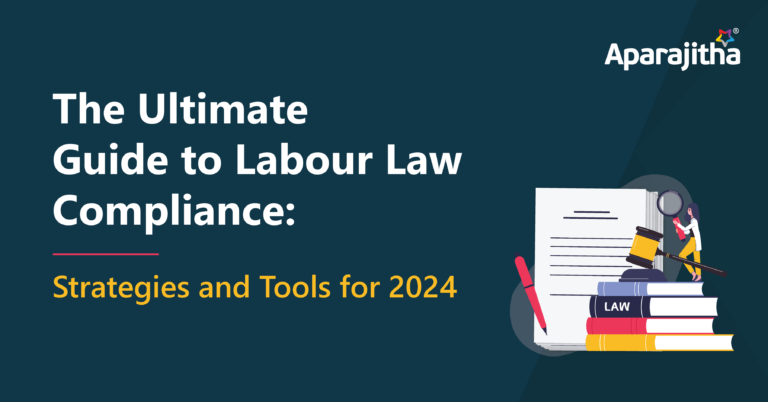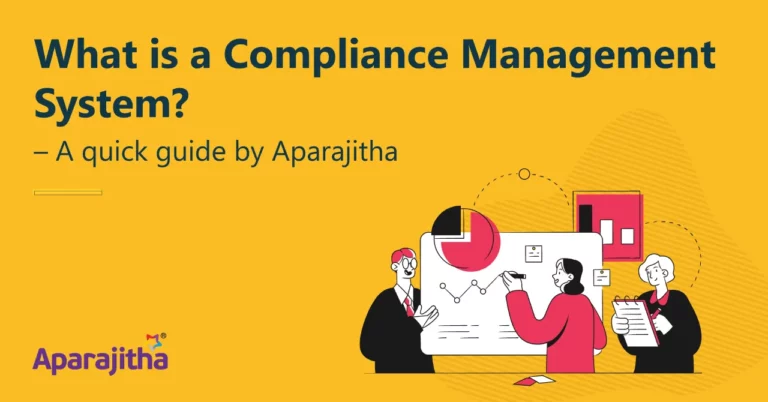In my last write, I have narrated some of my ideas about the Code on Wages Bill.
As aptly mentioned in the preamble of the bill, the Code on Wages, 2019 is for just consolidating the existing provisions of wages and bonus related matters. Certain provisions have been fine-tuned to stay relevant to the contemporary business environment. As the bill has now been passed in both the houses of the parliament and as the Presidential assent has also been obtained, the actual wait is only for the declaration of date of enforcement which can be expected at any time. The salient features of the bill are listed here-in-below:
Salient Features:
- Certain expressions used in the Code have not so far been used in any of the existing four Acts, i.e., the terms, Contractor, Contract Labour, Establishment, Inspector-cum-Facilitator, Minimum Wage, etc., ( Refer Section 2)
- Now, the appropriate Government for Insurance, Banking and Telecommunication, is Central for the Minimum Wages aspect too.
- The Code borrows the definition for ‘factory’ from Section 2(m) of the Factories Act, 1948. There is a move to amalgamate the 1948 Act into another ‘OSHWC’ Code, 2019. When the proposal becomes a reality the reference would be made to section 2(1) (v) of the ‘OSHWC’ Code. Similarly, the term ‘Employer’ which includes Occupier of the Factory, as defined in Section 2(n) of the Factories Act, 1948.
- The term ‘Contractor’ is defined in the code. It is almost similar to the definition it carries as per the current Contract Labour (Regulation & Abolition) Act.
- The term ‘Contract Labour’ is now exclusively defined for the purposes of the code which is again almost similar to how it is defined in the CLRA Act. While the term specifically takes in its ambit the inter-state migrant workmen also, it clearly excludes the workers regularly/permanently employed by the contractors.
- Interestingly, both the terms, ‘employee’ and ‘worker’ are defined in the code and ‘employee’ appears to have wider scope.
- While the term ‘Employee’ includes the persons employed in managerial, administrative and supervisory capacities also without any link to the salary they draw, the term ‘Worker’, specifically excludes the persons working in managerial and administrative capacities as also the supervisors drawing wages exceeding Rs.15000/- pm.
- While the term ‘wage’ excludes certain allowances, the aggregate amount of such allowances shall not go beyond 50% of the ‘wages’. It indirectly gives a mandate that the ‘substantive’ and ‘inclusive’ parts of the definition together shall work out to at least 50%.
- While the conveyance allowance, house rent allowance, overtime allowance and remuneration under any order/award/ settlement are generally excluded from the definition ‘wage’ for the purposes of the code, they are treated as wages especially for the purposes of Equal Wages and Payment of Wages.
- Minimum Wages shall be revised/reviewed at the interval of not exceeding 5 years.
- The Central Government will continue to fix the National Floor Wage. The Appropriate Governments (States), when fixing the minimum wages, shall ensure the quantum does not go below the one fixed by the Central Government. So, the minimum wages cannot be below the NFW. At the same time, the code is silent about the payment in the unlikely event of a state not fixing minimum wages.
- Floor wages shall be fixed by the Central Government only after consultation with the State Governments.
- Code is applicable even for the employees employed in agriculture and domestic works. But, the employer need not maintain any register, submit any return and issue wages slip in case of employment of less than 5 employees.
- Time limit for payment wages
- on daily basis : at the end of the shift
- on weekly basis : at the end of last working day of the week
- on fortnightly basis : within 2 days after end of the fortnight
- on monthly basis : within 7 days of succeeding month
- In case of removal, dismissal, retrenchment, resignation from the services or in the case of unemployment due to closure of the establishment, the wages payable to an employee shall be paid within two working days.
- All the provisions of payment of wages Act are retained except wages ceiling i.e., the current wages ceiling of Rs. 24000/- is not specified in the Code. Hence, it is applicable to all employees irrespective of their salary.
- The provisions of the Payment of Bonus Act are applicable to an establishment in which 20 or more persons are or were employed. Whereas, in the Payment of Bonus Act, the applicable strength could be reduced by the State Government. Based on which, the States like Tamil Nadu, Maharashtra and Uttar Pradesh had reduced the minimum strength for applicability to 10. Now, this power to reduce the numbers for application is not specified in the Code.
- With regard to payment of bonus, the Wages Ceiling for eligibility and the Wages to be considered for calculation shall be notified by the Appropriate Government. Currently, the Central Government alone decides the same.
- Bonus can be forfeited on the dismissal of service in the event of conviction for sexual harassment.
- In case if an employer has paid any advance amount before the bonus becomes payable, he shall deduct the advance amount paid earlier and employee is entitled to receive only the balance.
- The guiding schedules on the computation of Gross Profits (1st and 2nd Schedule), sums deductible from gross profits (3rd Schedule) and set on and set off (4th Schedule) under the Payment of Bonus Act, 1965, has not been included in the Code. Hence, the manner of arriving bonus percentage may be prescribed only by the Central Government.
- Bonus can now be paid only by crediting the amount to the respective bank account of the employees.
- Every employer shall display a notice on the notice board at a prominent place of the establishment containing the abstract of this Code, category-wise wage rates of employees, wage period, day or date and time of payment of wages, and the name and address of the Inspector-cum-Facilitator having jurisdiction.
- Provision for Web-based inspection Scheme is encouraged under this code.
- The role of inspector is modified as Inspector-cum-Facilitator
- Inspector-Cum-Facilitator has the power vested in IPC and CrPC to ask for documents and to issue notices against the employer
- The court can take cognizance only upon a complaint received from Inspector-cum-Facilitator, an employee or Registered Trade Union or Officials appointed by the appropriate Government.
- In case of complaint with reference to the non-payment of remuneration or bonus or less payment of wages or bonus or on account of making deductions not authorised by this Code from the wages of an employee, the burden of proof shall lie with the employer.
- Provision for compounding of offence is introduced
- Enhanced penalties
- for non-payment /less payment of wages – first offence: maximum fine up to Rs. 50000/- & subsequent offence – imprisonment & fine up to Rs. 1 Lakh
- for non-maintenance of records: Fine up to Rs. 20000/- and on subsequent: Fine upto Rs. 40000/-“
- In case of any claim under this code, 10 times the amount of such excess is not only rested with Minimum wages but also claims in Bonus too (the 10-time excess claim is only under the Minimum Wages Act, now). Also, the claim period will be within 3 years (whereas in MW Act, it is within 6 months)
- If an offence committed by a company, such director, manager, secretary or other officers shall also be deemed to be guilty of that offence
- Rules can be framed by both Central as well as State Governments.
- The Rules framed by the Central and State Governments shall be laid before each House of the Parliament and legislatures respectively.
My views:
The code makes provisions for the application of minimum wages for all employees /workers in all sectors. The ‘informal’ employment is also roped in. The bill promises for maintenance of one single register and one unified return. One only hopes the rules-to-be-framed would conform to the promise.
The Code allows the appropriate Government to fix/revise minimum wages with some guidelines. But, with regard to the fixation of salary structure to employees, there is no guideline. In such a situation, especially for bonus eligibility, at least 50% of wage would be considered. What needs to be ensured is that 50% shall not be below the applicable minimum wages.
In respect of wages, Code mandates that the employer should fix 50% of wages as basic and DA, the aggregate of which shall be equivalent to or more than the Minimum Wages. The remaining components could fall under the ‘excluded’ category as specified in the definition of Wages in Section 2(y). The employers may have to tinker their salary structure keeping in mind the new definition.
Wages ceiling for the purpose of Bonus eligibility shall be fixed by the appropriate Government and this should be cross-verified by reckoning the components which fall under the substantive and inclusive parts of the ‘wages’ as defined in Section 2(y).
We may recall that the 2nd National Commission on Labour, 2002 recommended rationalization by making laws more consistent with each other, less cumbersome, simpler, and more transparent. In addition, the commission highlighted the need for pragmatism in the implementation of the Acts. Thus, the emphasis is laid mainly considering the interest of all the stake-holders concerned.
The subsuming of four legislations into one single code, reduction in the total number of sections, the introduction of new terms, reduction in number of records, increased quantum of penalty, etc. are definite steps towards making the procedure simplified, providing clarity and making the industries conform to the standards !!!
Mathusoodhanan T
mathu@aparajitha.com







